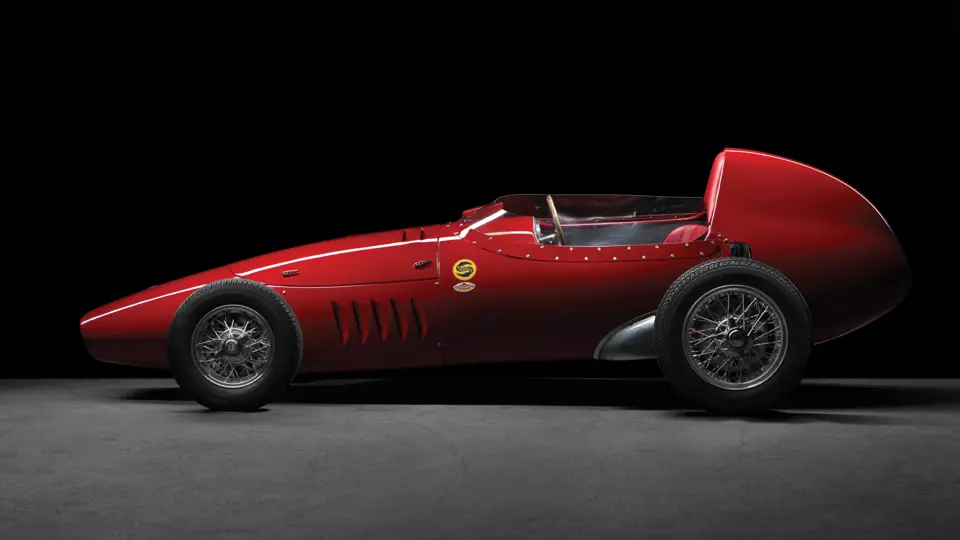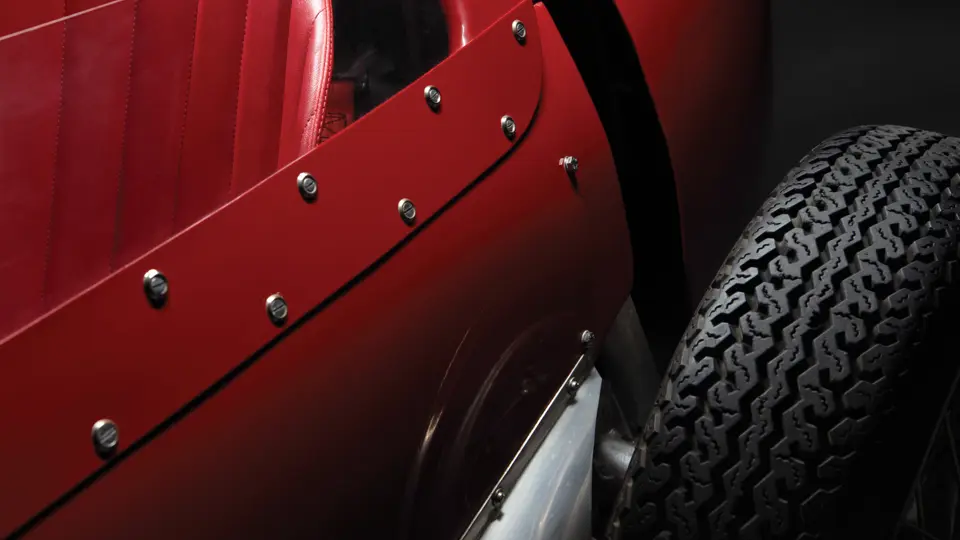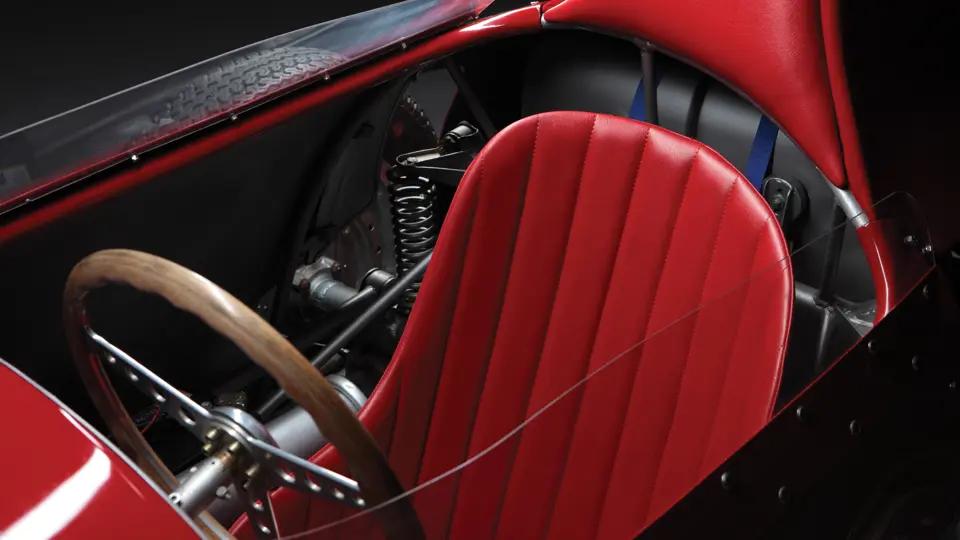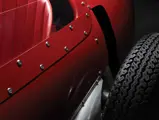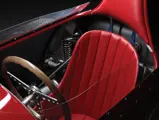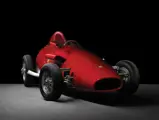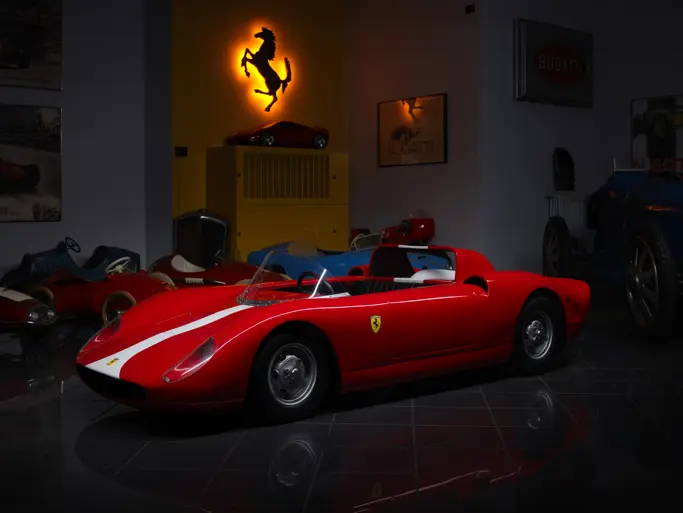
1959 Stanguellini Formula Junior
{{lr.item.text}}
€90,000 - €120,000 EUR | Not Sold
{{bidding.lot.reserveStatusFormatted}}
- The most successful Formula Junior model of its era
- Eligible for numerous historic motoring events including the Monaco Historic Grand Prix
- Offered with a Letter of Authenticity from Francesco Stanguellini
- La meilleure Formule Junior de son époque
- Éligible pour de nombreux évènements historiques, y compris le Grand Prix Historique de Monaco
- Accompagnée d'une lettre d'authentification de Francesco Stanguellini
78 bhp, 1,089 cc Fiat inline four-cylinder engine with two Weber twin-choke carburettors, four-speed manual transmission with independent front suspension and live rear axle, and four-wheel drum brakes. Wheelbase: 2,100 mm
Moteur Fiat quatre-cylindres en ligne 1 089 cm3, 78 ch, deux carburateurs Weber double corps, transmission manuelle quatre rapports, suspension avant indépendante, pont arrière rigide, freins hydrauliques à tambours sur les 4 roues. Empattement 2 100 mm.
The Stanguellini family were automotive pioneers. By the time Vittorio Stanguellini came to head the family engineering business in Modena, their relationship with cars was already well established. His grandfather had been the first person to own a car in Modena, and a FIAT dealership was already a part of the family firm.
Adopting some of its styling cues from the Maserati 250F, the Stanguellini featured a tubular ladder-frame chassis that offset the driver to the left to clear the prop-shaft and was powered by a tuned Fiat 1100 engine. These cars were highly competitive in Formula Junior, a category under Formula One from 1958 to 1963. Notably, Stanguellini won the first season of the Italian Formula Junior championship, and drivers like Bandini and von Trips also won races behind the wheel of a Stanguellini.
Chassis number 00201 was purchased from the Stanguellini family in 1982 and was raced across Europe during the 1980s at events including Monza Historica and the Coppa Intereuropa. Since then, the car has been on static display in a private collection. Today, it is offered with an accompanying letter from Francesco Stanguellini confirming the originality of the car and is listed in Stanguellini: piccole grandi auto da corsa by Luigi Orsini and Franco Zagari. It has been refinished in red with red leather cockpit trim, and its overhead-valve 1,089–cubic centimetre engine is equipped with two twin-choke Weber carburettors. It is currently presented in very good condition throughout.
The car is eligible for numerous important historic racing events across the world, including the Monaco Historic Grand Prix, at which it would be a sure-fire success on the track.
La famille Stanguellini était une pionnière de l'automobile. A l'époque où Vittorio Stanguellini prenait les reines de l'affaire familiale de fabrications mécaniques à Modène, ses relations avec l'automobile étaient déjà bien établies. Son grand-père avait été à Modène la première personne à posséder une automobile, et une agence Fiat faisait déjà partie de l'entreprise familiale.
Tout en reprenant le style de la Maserati 250 F, la Stanguellini était constituée d'un châssis tubulaire en échelle équipé d'un moteur Fiat 1100 préparé, et sur lequel le pilote était décalé sur la gauche pour laisser place à l'arbre de transmission. Ces voitures étaient extrêmement compétitives en Formule Junior, une catégorie inférieure à la Formule 1 de 1958 à 1963. Dès la première saison, Stanguellini s'adjugeait le titre au Championnat d'Italie de Formule Junior, et des pilotes comme Bandini et von Trips ont remporté des courses au volant d'une Stanguellini.
Cette voiture (châssis 00201) était achetée en 1982 auprès de la famille Stanguellini, et participait à de nombreuses compétitions historiques en Europe pendant les années 1980, dont le Monza Historica et la Coppa Intereuropa. Depuis, la voiture est restée en exposition statique au sein d'une collection privée. Aujourd'hui, elle est proposée à la vente avec un courrier signé Francesco Stanguellini dans lequel il confirme l'authenticité de la voiture, qui est listée dans l'ouvrage Stanguellini: Piccole grandi auto da corsa, par Luigi Orsini et Franco Zagari. Elle a été repeinte en rouge avec une sellerie en cuir rouge, et son moteur 1 089 cm3 à soupapes en tête est équipé de deux carburateurs Weber double corps. Elle se présente aujourd'hui en très bel état général.
Cette voiture est éligible pour un grand nombre de compétitions historiques de premier plan dans le monde entier, y compris le Grand Prix Historique de Monaco, où elle fera à coup sûr merveille sur la piste.
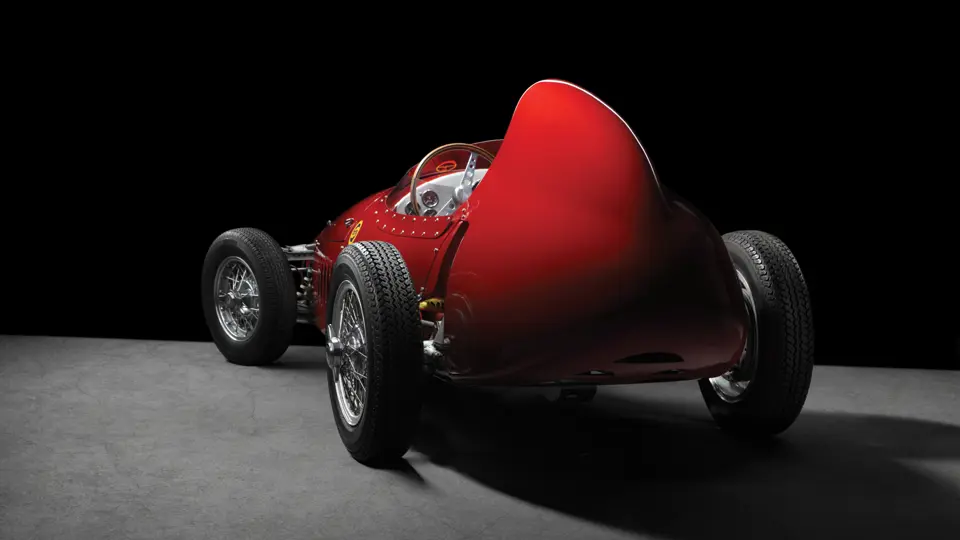




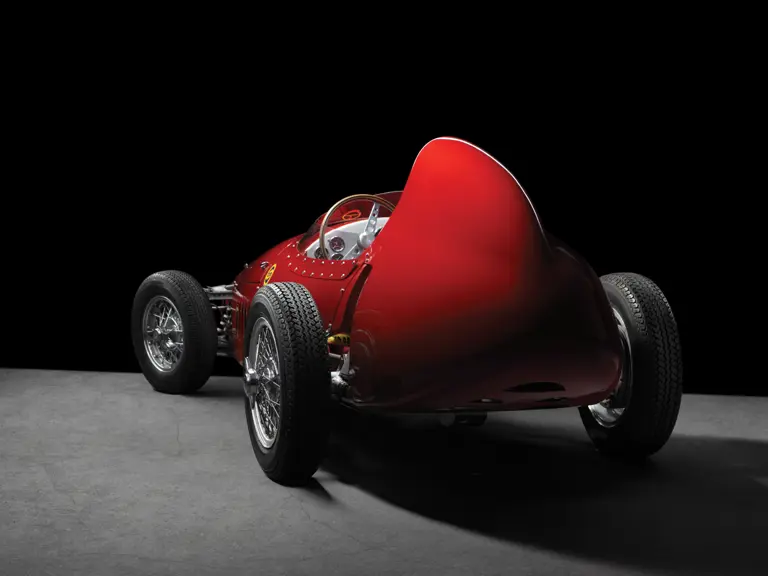
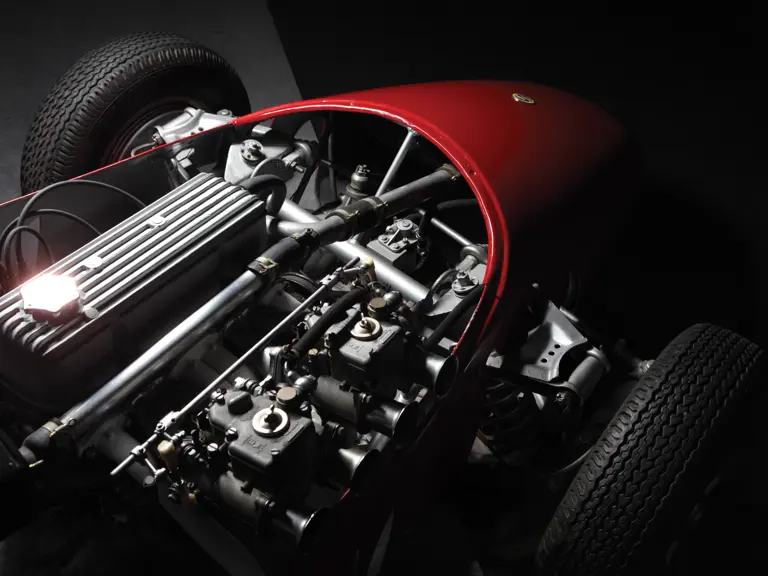

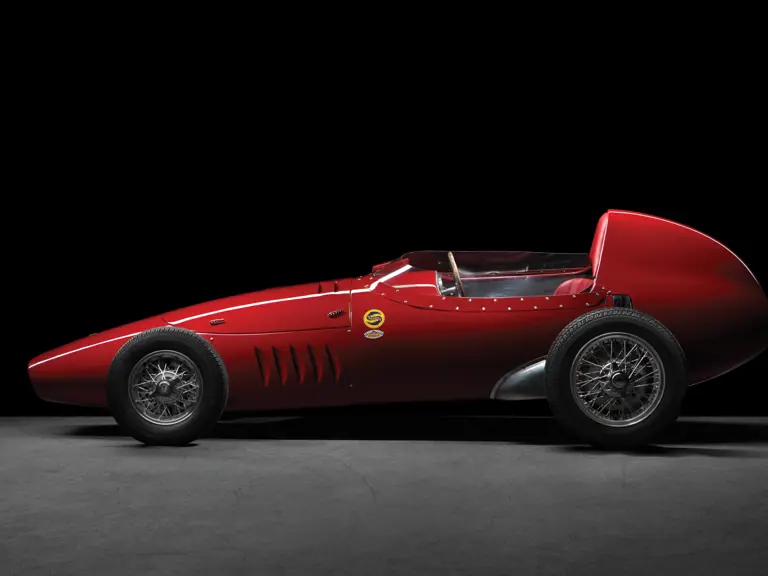

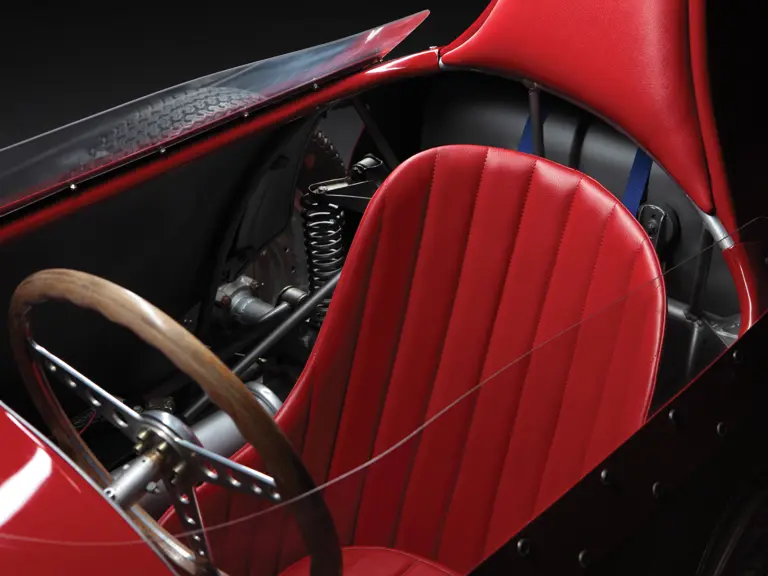
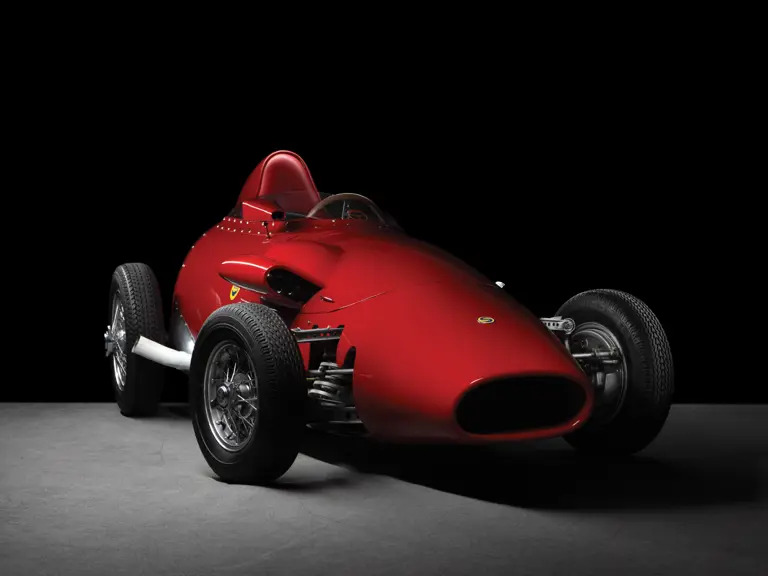
 | Paris, France
| Paris, France
